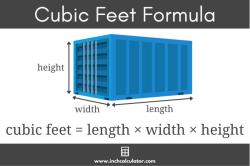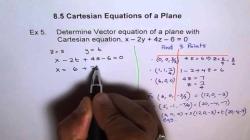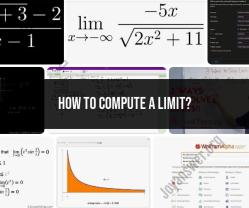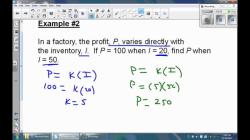Is a number sentence the same as an equation?
In mathematics, the terms "number sentence" and "equation" are related, but they are not exactly the same.
Number Sentence:A number sentence is a mathematical statement that contains numbers and mathematical operations, such as addition, subtraction, multiplication, or division. It can be an expression or a complete statement. Number sentences may or may not have an equal sign (=). They are used to express relationships between numbers.
For example, these are number sentences:
- 5 + 3 = 8
- 12 - 4
- 2 × 6
- 10 ÷ 2 = 5
Equation:An equation is a specific type of number sentence that contains an equal sign (=). Equations are used to represent a balance or equality between two expressions. An equation states that the values on both sides of the equal sign are equal. Equations can be solved to find the values of variables that make the equation true.
For example, these are equations:
- 5 + 3 = 8
- 12 - 4 = 8
- 2x = 12 (This equation contains a variable, "x," which can be solved to find its value.)
So, while all equations are number sentences, not all number sentences are equations. Equations are a specific subset of number sentences that include the equal sign and represent a balance or equality between two expressions.
Number Sentences vs. Equations: Understanding the Difference
A number sentence is a mathematical statement that compares two expressions using a relational symbol, such as equals (=), greater than (>), or less than (<). Examples of number sentences include:
- 3 + 2 = 5
- 10 > 5
- 7 < 9
An equation is a special type of number sentence that states that two expressions are equal. Equations are often used to represent mathematical problems and relationships. Examples of equations include:
- x + 2 = 5
- y = 3x + 5
- z^2 = 9
Mathematical Statements in Number Sentences
Number sentences can be used to represent a variety of mathematical statements, such as:
- Addition: 3 + 2 = 5
- Subtraction: 10 - 5 = 5
- Multiplication: 3 x 2 = 6
- Division: 10 ÷ 2 = 5
- Equality: x = 5
- Inequality: y > 3
Number sentences can also be used to represent more complex mathematical relationships, such as:
- The area of a rectangle is equal to the length times the width: A = lwh
- The volume of a cube is equal to the length cubed: V = l^3
- The quadratic formula can be used to solve quadratic equations: x = (-b ± √(b^2 - 4ac)) / 2a
Algebraic Expressions and Equations
Algebraic expressions are mathematical statements that contain variables. Variables are letters or symbols that represent unknown numbers. Examples of algebraic expressions include:
- 2x + 3
- x^2 - 4x + 5
- y / (z + 1)
Equations can be used to express relationships between algebraic expressions. For example, the equation 2x + 3 = 5 states that the algebraic expression 2x + 3 is equal to the number 5.
Solving Equations and Number Sentences in Math
To solve an equation or number sentence, we need to find the values of the variables that make the statement true. There are a variety of methods for solving equations and number sentences, such as:
- Trial and error
- Substitution
- Elimination
- Using a graphing calculator
The Evolution of Mathematical Language and Notation
The language and notation used in mathematics have evolved over time. For example, the equals sign (=) was not introduced until the 16th century. Before that, mathematicians used a variety of different symbols to represent equality.
The use of variables in mathematics also evolved over time. Early mathematicians used words to represent unknown numbers. For example, they might say "Let x be the number." Later mathematicians began to use letters to represent unknown numbers. This made it easier to write and manipulate mathematical expressions.
Today, the language and notation used in mathematics are standardized around the world. This allows mathematicians from different countries to communicate with each other and share their work.
Conclusion
Number sentences and equations are essential tools for mathematical thinking and problem-solving. By understanding the difference between number sentences and equations, we can better understand and use mathematical language and notation.













